Innovating your future
See how Azure enables your organization to invent with purpose through our ongoing technology investments.
Microsoft invests over $16 billion a year in research and product development
Your IT infrastructure should give you greater choice, customization, performance, and cost savings while enabling efficiency. Azure is focused on meeting these demands while also exploring innovative approaches for more efficient, scalable, and sustainable datacenter operations and hardware supply chain engagement.
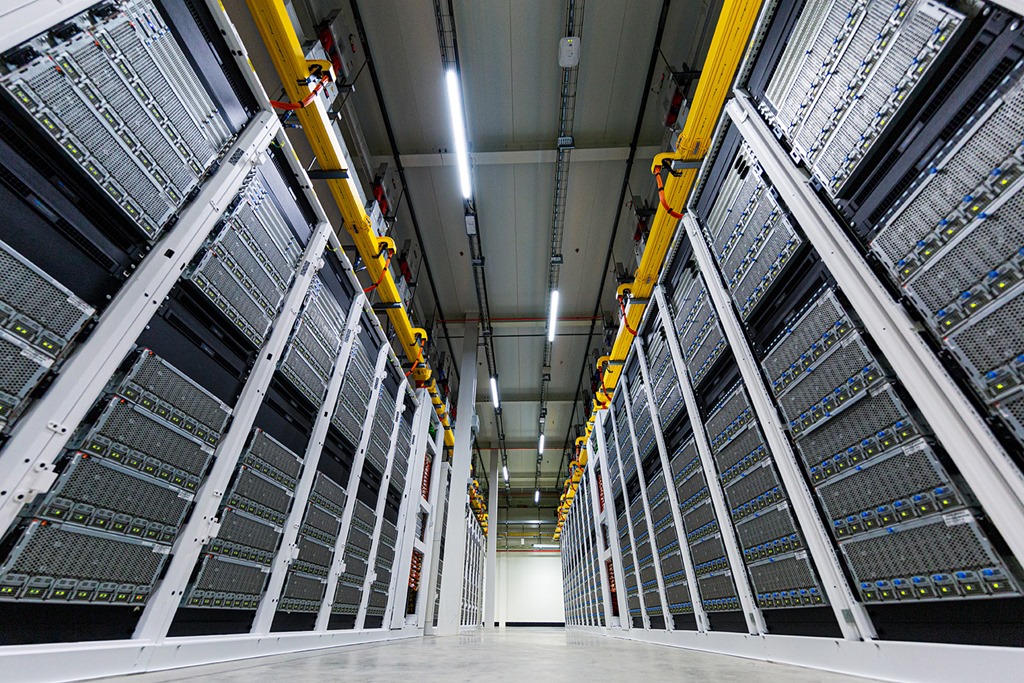
Around the world
Innovations inside Microsoft datacenters
How Microsoft datacenter hardware powers the Azure cloud
The underlying infrastructure powering the Microsoft cloud is highly sophisticated hardware in Microsoft datacenters across more than 60 regions.
This hardware provides the foundation of trust, reliability, capacity, and performance needed to securely and sustainably run mission-critical cloud workloads with high availability and low latency.

Systems and data enable E2E value chain of activities
Around the world
Microsoft’s resilient and sustainable hardware supply chain
Customers rely on the Azure cloud to provide capacity when and where they need it. We manage the global hardware supply chain that delivers that capacity, including:
- Demand planning
- Sourcing hardware components
- Manufacturing and delivering servers and equipment
- Managing inventory
- Ensuring end-to-end security
- Reusing and recycling decommissioned servers
Around the world
How Microsoft Circular Centers are supporting cloud supply chain sustainability
Along with providing a secure, reliable, and powerful infrastructure for the Microsoft cloud, we’re implementing industry-leading initiatives to minimize the environmental impact of our datacenters.
Aiming to reuse 90 percent of our cloud computing hardware assets by 2025, Microsoft Circular Centers align our end-of-life hardware dispositioning processes with an integrated plan across the entire supply chain. Circular Centers process decommissioned cloud servers and hardware and intelligently sort and channel the components and equipment to optimize reuse or repurpose.

Around the world
Innovations in supply chain management
We are transforming the hardware supply chain that powers the Microsoft cloud, implementing technologies that will provide end-to-end visibility, automation, and insight.
Our blockchain initiative, for example, provides more complete inventory visibility and improved end-to-end item-level traceability through all steps in the supply chain. The platform has uncovered millions in hidden costs.
Washington, USA
Open Compute Project
The Open Compute Project (OCP) is a global community of technology leaders working together to unlock proprietary IT infrastructure.
Through open-source contributions and collaboration with a vibrant ecosystem, Microsoft and industry partners accelerate innovations for datacenter designs and technology advancements—from scaling datacenter hardware designs with Project Olympus and enhancing platform security with Project Cerberus to driving more efficient, flexible, scalable, and sustainable datacenter infrastructure and operations for the future.
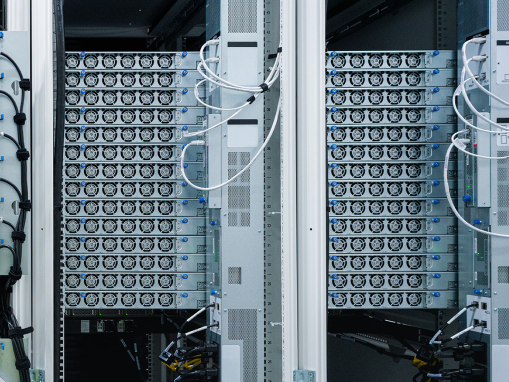


Around the world
Energy efficient and sustainable infrastructure
For more efficiency and sustainability, Microsoft is exploring options that have the potential to transform how datacenters are built and operated with liquid immersion cooling and other innovative technologies, including:
- Hydrogen fuel cells: Hydrogen fuel cells will produce short-term back-up power under peak loads, reducing demand on the grid without emitting carbon into the air.
Learn more about hydrogen fuel cells
- Grid-interactive UPSs: Grid-interactive UPS batteries send microbursts of electricity back and forth as needed to an intermittent grid, storing energy at up to 90 percent efficiency.
Learn more about grid-interactive UPSs
- Clean power backup: Microsoft has begun working with our partners to explore using the world’s first Nordic Eco-labelled fuel, which contains at least 50 percent renewable raw material and provides a nearly equivalent reduction in net carbon dioxide emissions when compared with standard fossil diesel blends.
Learn more about clean fuels for power backup
“In the future, you don’t have a datacenter or a power plant. It’s something in the middle. A data plant.”
Sean James, Director of Energy Research, Microsoft
The Northern Isles
Putting the cloud in the ocean
Project Natick is a research project focused on building an underwater datacenter.
Microsoft is investigating the numerous potential benefits that a standard, manufacturable, and deployable undersea datacenter could provide to cloud users all over the world.
Benefits:
- Scalable to different needs
- Transportable by land and sea
- Heat-controlled environment that ensures stable temperature
- Very reliable, with a low failure rate
- Built with recyclable parts
Watch to learn more about Project Natick.
The Northern Isles
The Phase 1 vessel was operated on the seafloor approximately one kilometer off the Pacific coast of the United States from August to November 2015.
The Phase 2 vessel was deployed at the European Marine Energy Centre located in the Orkney Islands, UK, in June 2018, and retrieved two years later. Phase 2 demonstrated the ability to economically manufacture full-scale undersea datacenter modules and deploy them in under 90 days from decision to power on.
Washington, USA
Project Silica and DNA storage
The demand for long-term data storage is outpacing existing storage options.
In fundamentally rethinking this challenge with Project Silica, Microsoft is testing quartz glass as a durable long-term storage media. As a proof of concept, Microsoft and Warner Bros. collaborated to store the iconic 1978 Superman movie on a piece of glass roughly the size of a drink coaster!
Learn more about Project Silica
Pushing the boundaries even further, Microsoft is also researching the ability to store data on synthetic DNA, which boasts long-term storage durability at multitudes higher density than even Project Silica. In fact, 10 terabytes of data can fit on a surface not much larger than the tip of a pencil.
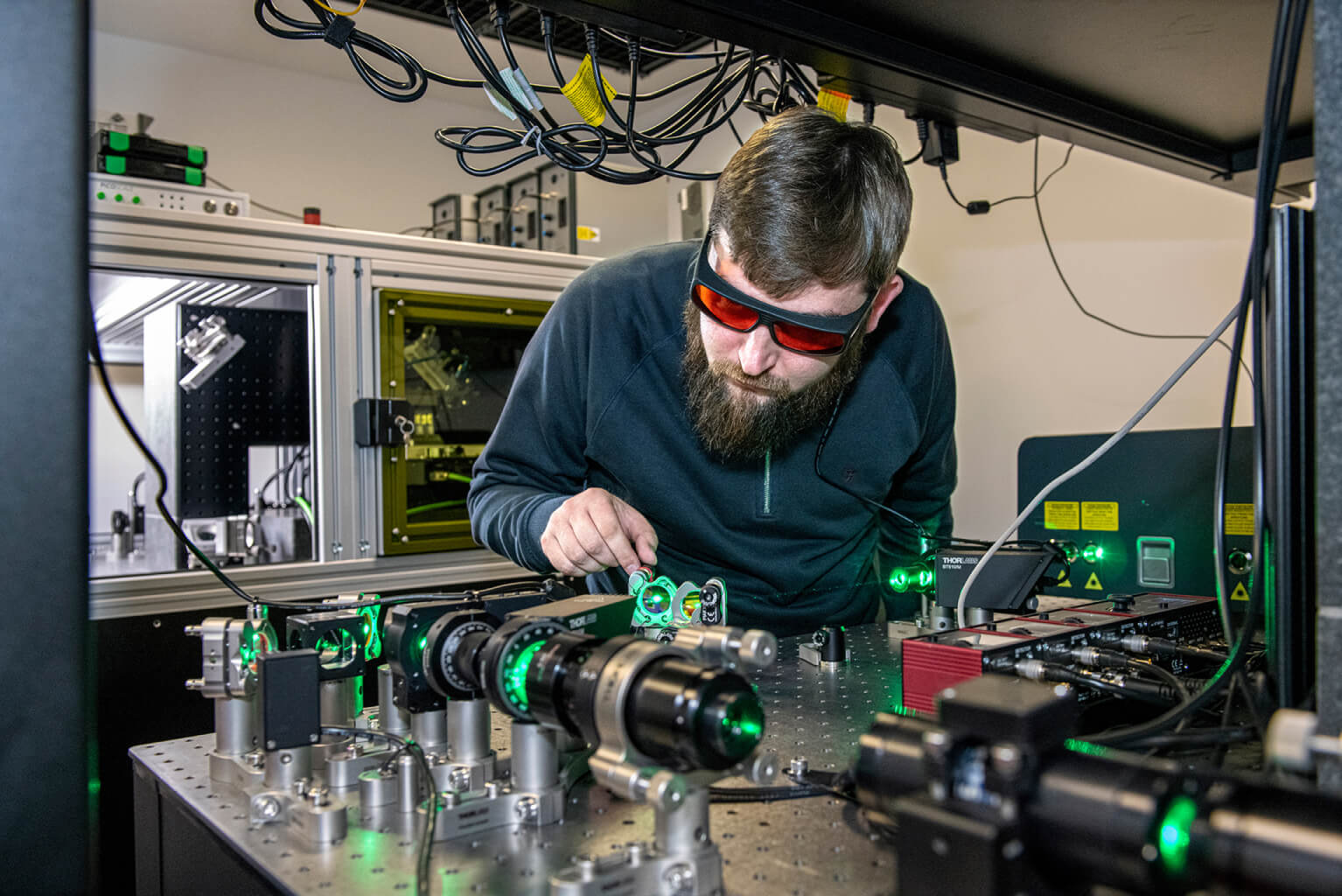

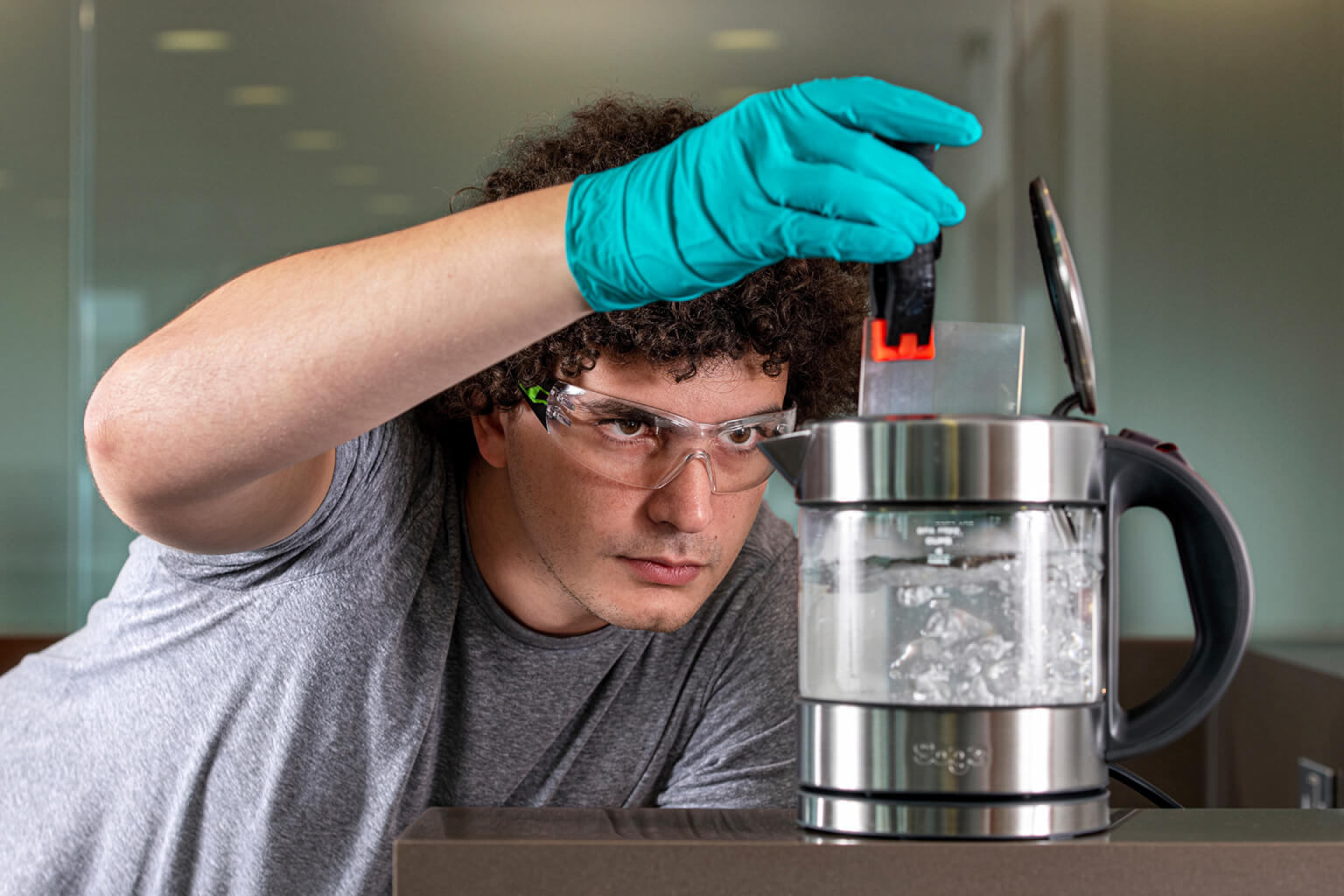
In orbit
Satellites and ground stations
As the significance of data has increased, so too has the importance of reliable and diverse pathways for connectivity.
Our global network of more than 275,000 miles of subsea, terrestrial, and metro optical fiber helps billions of people connect all around the world. With Azure Space, our ambition is to make space connectivity and compute increasingly attainable across industries, including agriculture, energy, telecommunications, and government.
Azure Orbital is our fully managed ground station as a service where customers can access space data to find new solutions to their business challenges.
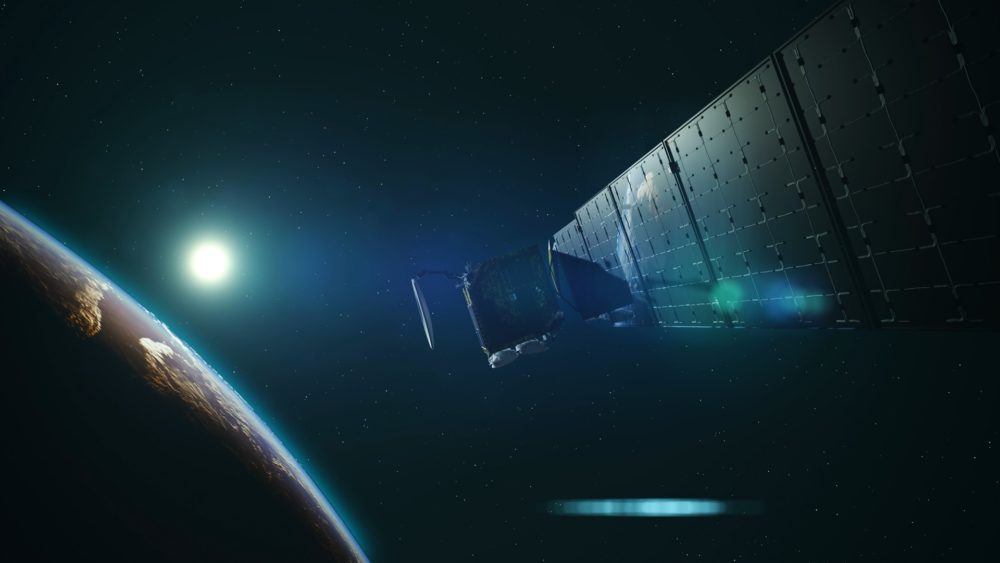
Azure Space aims to grow the Australian space ecosystem
Azure Space embodies Microsoft’s strategy to deliver cloud-powered innovation on and off the planet. By integrating the Azure cloud platform with technology from a broad ecosystem of space partners, Microsoft will focus on creating new and accelerated ways to deliver innovative, high-impact solutions to Australian customers across a wide range of industries to address their most challenging issues.
Microsoft’s approach to empowering the growth of Australia’s space ecosystem focuses on three core areas:
- Investment: Through the Microsoft for Space Startups Australia initiative, Microsoft is providing eligible startups in Australia with free Azure credits, access to a broad range of technologies, and an opportunity to work with Microsoft specialists.
- Partnerships: Microsoft and several organizations in Australia are collaborating on pathfinder opportunities to demonstrate how space technology, in combination with 5G low-latency edge connectivity, facilitates innovative digital solutions for multiple industries.
- Innovation: The Azure Space team is working on growing space and 5G capabilities as well as providing support for machine learning capabilities for space emulation technologies.
Azure Space powers the tools and massive data infrastructure needs of astronautic scientists
One of the experiments Microsoft and our partners are undertaking addresses the needs of healthcare for astronauts on longer space missions. The effects of lengthy sojourns in space on a human body aren’t fully known—so technology that allows frequent monitoring of changes over time is vital to future research.
The experiment tests whether astronauts can constantly monitor their health amid the potential danger of additional radiation exposure onboard a spacecraft, which could prove even riskier when a planet like Mars is a seven-month journey away from medical treatment.
Until recently, experiments in space were arduous due to slow data transmission speeds. With Azure Space, astronautic scientists now have the computing power and infrastructure necessary to collect massive amounts of data, process that data, and analyze it—providing near-real-time updates on astronaut health or any number of other groundbreaking experiments conducted in space.
Through Azure Space and Airbus, collecting and analyzing satellite data is now possible—so you can provide new solutions to business and environmental issues.
Azure Space and Airbus empower consumers to address how they manage their supply chains.
Azure Space and Airbus support businesses and consumers as they tackle the challenges of global sustainability and ecosystems.
Azure Space and Airbus provide powerful aid for first responders in reacting to and predicting natural disasters.
Azure and Airbus are partnering to harness high-resolution satellite data directly to the Azure cloud.
Innovation and trust, now and in the future
Organizations like yours can harness these innovations and more to improve performance and efficiency while reducing power consumption and associated costs. With these tools, you can build better, smarter applications and make informed choices about supporting the environment and resource-stressed communities.